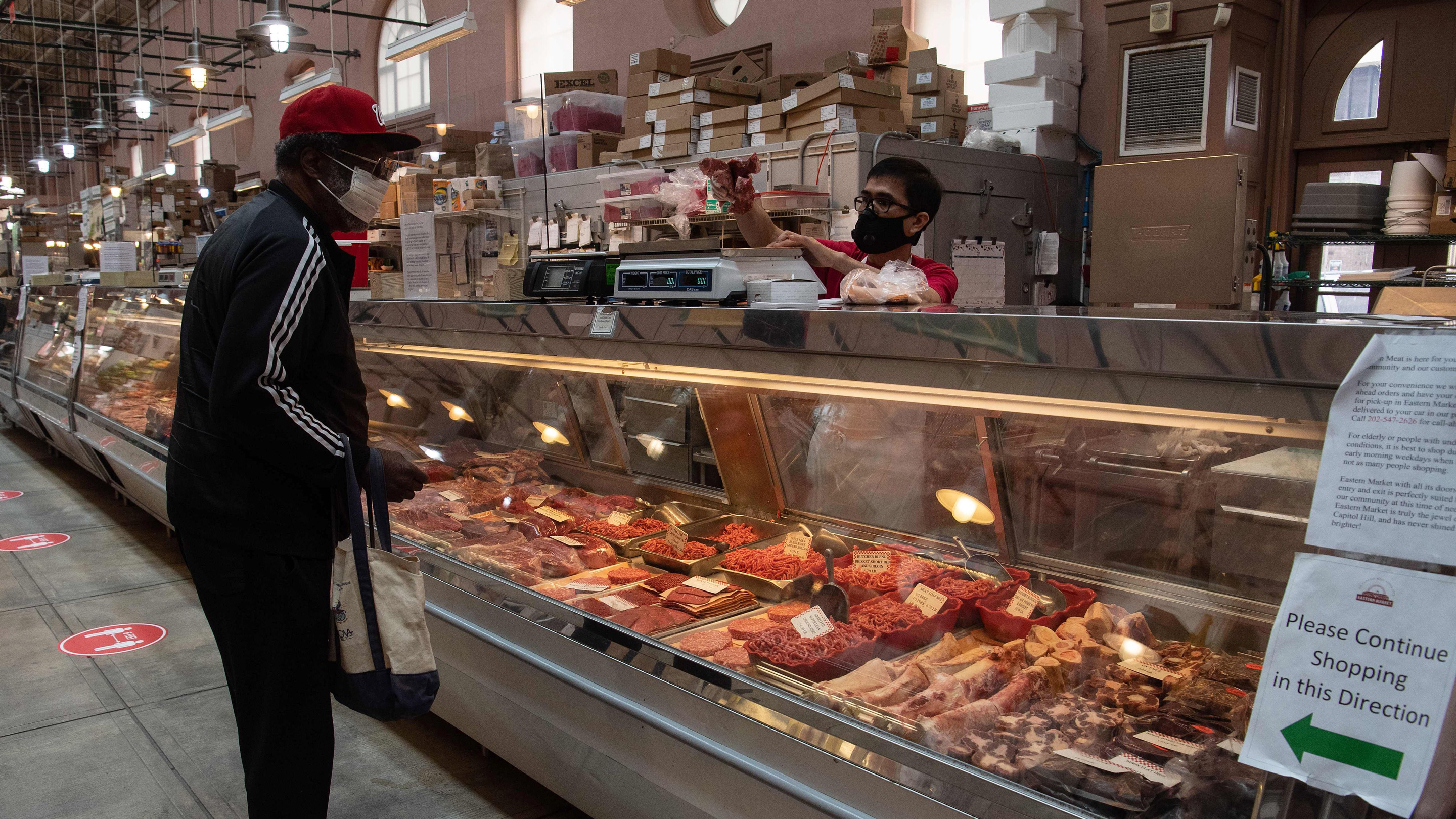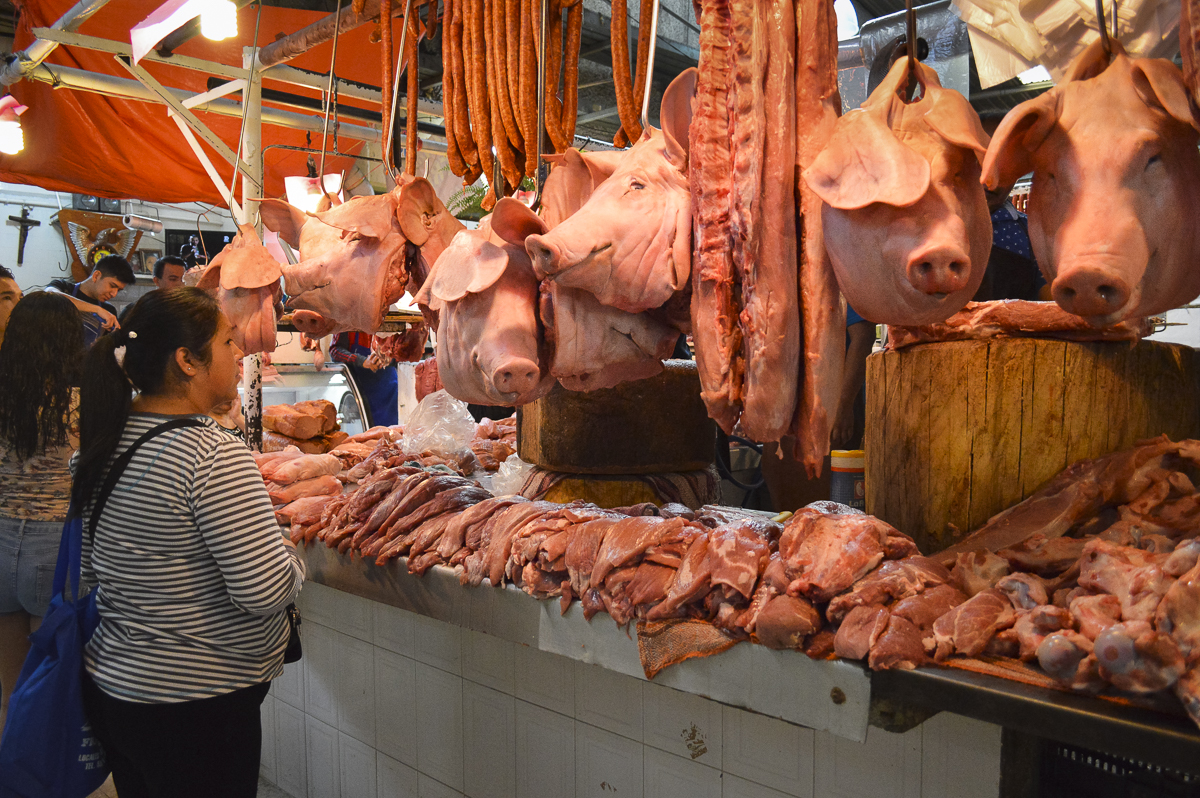Uncover the Art of the Butcher's Cut in a Modern Meat Market
In the ever-evolving landscape of contemporary meat markets, the butcher's cut has transcended its conventional roots, merging age-old workmanship with modern practices. bagley farms meat market edwardsville il. Today's butchers are not merely cpus of meat; they are educated artisans who stress sustainability and honest sourcing. Their expertise in selecting and preparing cuts customized to particular culinary demands supplies an unequaled dining experience. What genuinely sets the modern-day butcher apart is their capability to build a deeper link between consumers and the origins of their meat. Just how do these masters balance practice with advancement, and what implications does this have for the future of meat intake?
Evolution of Butchery Methods

The mid-20th century saw butchery methods better refined by scientific understandings right into muscle biology and meat aging, enhancing both inflammation and preference. Advancements like vacuum packaging and refrigeration expanded product shelf-life, enabling butchers to diversify offerings and boost top quality control. This period also noted the rise of specific tools, such as band saws and meat slicers, which enhanced precision and performance in meat processing.
The 21st century has presented digital modern technology into the butchery world. Electronic systems now help in monitoring pet provenance and enhancing cuts to fulfill certain customer choices. Furthermore, a rebirth in artisanal butchery has arised, blending typical skills with modern-day understanding to deal with consumers looking for ethical and lasting meat options. This development emphasizes a vibrant interplay between practice and development, conference contemporary demands while preserving the craft's heritage.

Comprehending Meat Cuts

Comprehending the details of meat cuts is important for both butchers and customers seeking top quality and value. For butchers, specific cuts show skill and regard for the craft, guaranteeing marginal waste and optimal return.
The main groups of meat cuts include primitive, sub-primal, and retail cuts. Primal cuts, such as the loin, rib, and chuck, are the huge areas at first separated from the carcass. Butchers then damage these down additionally right into sub-primal cuts, before finally generating retail cuts available to customers, like ribeye or tenderloin. Each stage calls for mindful focus to physiological framework and muscle mass structure.
Comprehending muscular tissue structure is vital; muscle mass used extra frequently by the pet tend to be tougher and are best matched for slow-moving food preparation methods, while less-used muscular tissues, like those found in the loin, are a lot more tender and perfect for grilling or roasting. Knowledge with these differences encourages consumers to make educated options, improving their cooking endeavors.
Picking Top Quality Meat
Choosing the right meat entails more than just choosing a visually enticing item from the display. The art of picking high quality meat requires a discerning eye and knowledge of details qualities that represent quality and quality.
Secondly, take into consideration the marbling, which refers to the white streaks of fat within the muscle. Correct marbling is an essential indicator of tenderness and taste, as it melts throughout cooking, boosting the meat's juiciness. Keep in mind, greater marbling commonly correlates with superior quality cuts, such as USDA Prime.
Structure is another important factor; meat must feel solid to the touch, not click for info slimed or overly soft. In addition, bear in mind the aroma. Fresh meat should have a clean, neutral scent, without any sour or repulsive smells.
Matching Cuts With Food Preparation Methods
Successfully pairing cuts of meat with the appropriate cooking methods is vital for achieving ideal taste and structure. These approaches enhance the meat's all-natural flavors and make sure a juicy surface.
Alternatively, harder cuts like brisket and chuck roast are rich in collagen, which breaks down right into jelly when prepared slowly. These cuts are suitable for braising or slow roasting, permitting the meat to soften gradually and establish deep, complicated flavors. Cuts such as short ribs and pork shoulder make out well with slow-cooking approaches, where prolonged cooking times transform their robust appearances right into succulent recipes.
Lamb shanks and oxtail, which call for long term cooking to soften, are best candidates for stewing or slow-moving simmering. These techniques coax out abundant, hearty tastes while preserving moisture. By understanding the distinct qualities of each cut, chefs and home cooks alike can elevate their cooking productions, making sure each dish is both pleasing and remarkable.
The Butcher's Function Today
Navigating the advancing landscape of the contemporary meat market, the butcher's duty today prolongs beyond plain preparation of cuts. Contemporary butchers are cooking artisans, instructors, and advocates for lasting methods. They link the space between the ranch and the fork by guaranteeing ethical sourcing, comprehending animal husbandry, and focusing on transparency in the supply chain. This change reflects the expanding consumer need for top quality over quantity, where provenance and pet welfare are extremely important.
In addition to crafting specific cuts, butchers now involve directly with clients, offering cooking recommendations and tailoring options you can check here to suit private requirements and choices. Their expertise in meat aging, marbling, and flavor accounts empowers consumers to make educated choices, boosting their culinary experiences. This customized solution exhibits the butcher's evolving role as a trusted consultant in the cooking area.
Moreover, butchers are critical in reducing waste, using entire pets to develop diverse items such as sausages and supplies - bagley farms meat market edwardsville il. This comprehensive approach not only respects the animal however likewise lines up with modern sustainability objectives. In this means, the modern-day butcher personifies both practice visit this site and technology, adjusting to an ever-changing market while preserving the artistry and honesty of their craft

Final Thought
The contemporary butcher's craft delicately weaves conventional strategies with contemporary developments, stressing sustainable techniques and honest sourcing. Mastery in comprehending diverse meat cuts and high quality indicators encourages butchers to offer enlightened recommendations, straightening particular cuts with optimum cooking approaches. This competence not only raises cooking experiences however additionally enhances the link between consumers and the origins of their food. By recognizing historical methods while welcoming contemporary needs, the butcher's duty stays essential in today's advanced meat market.